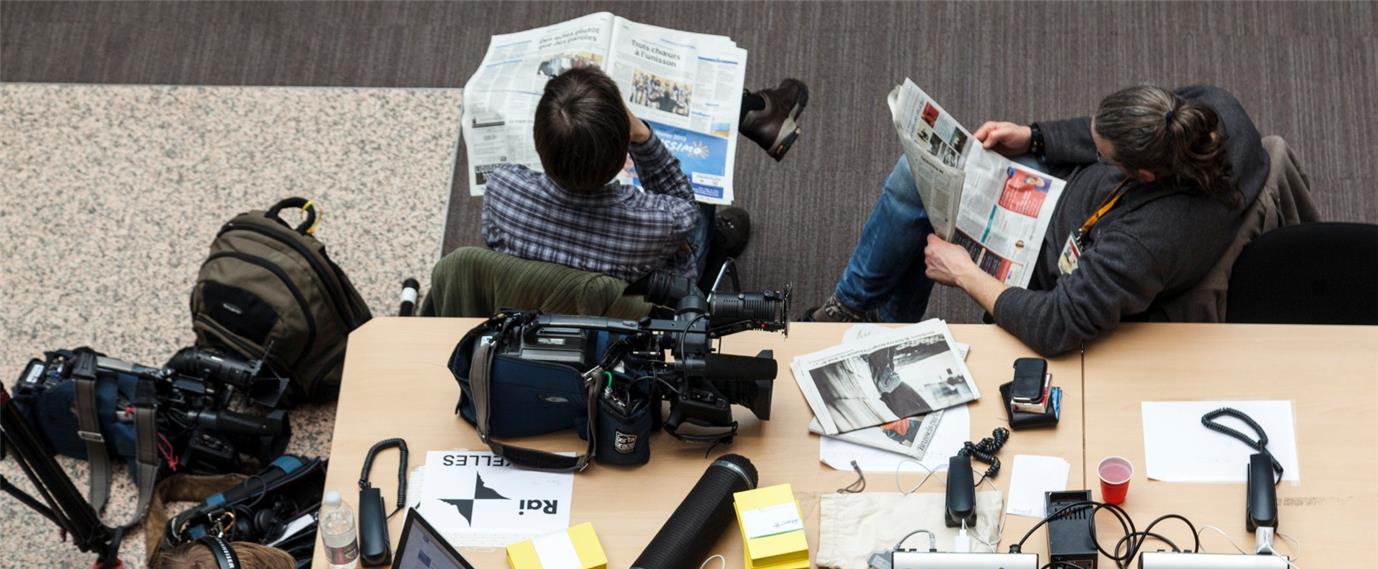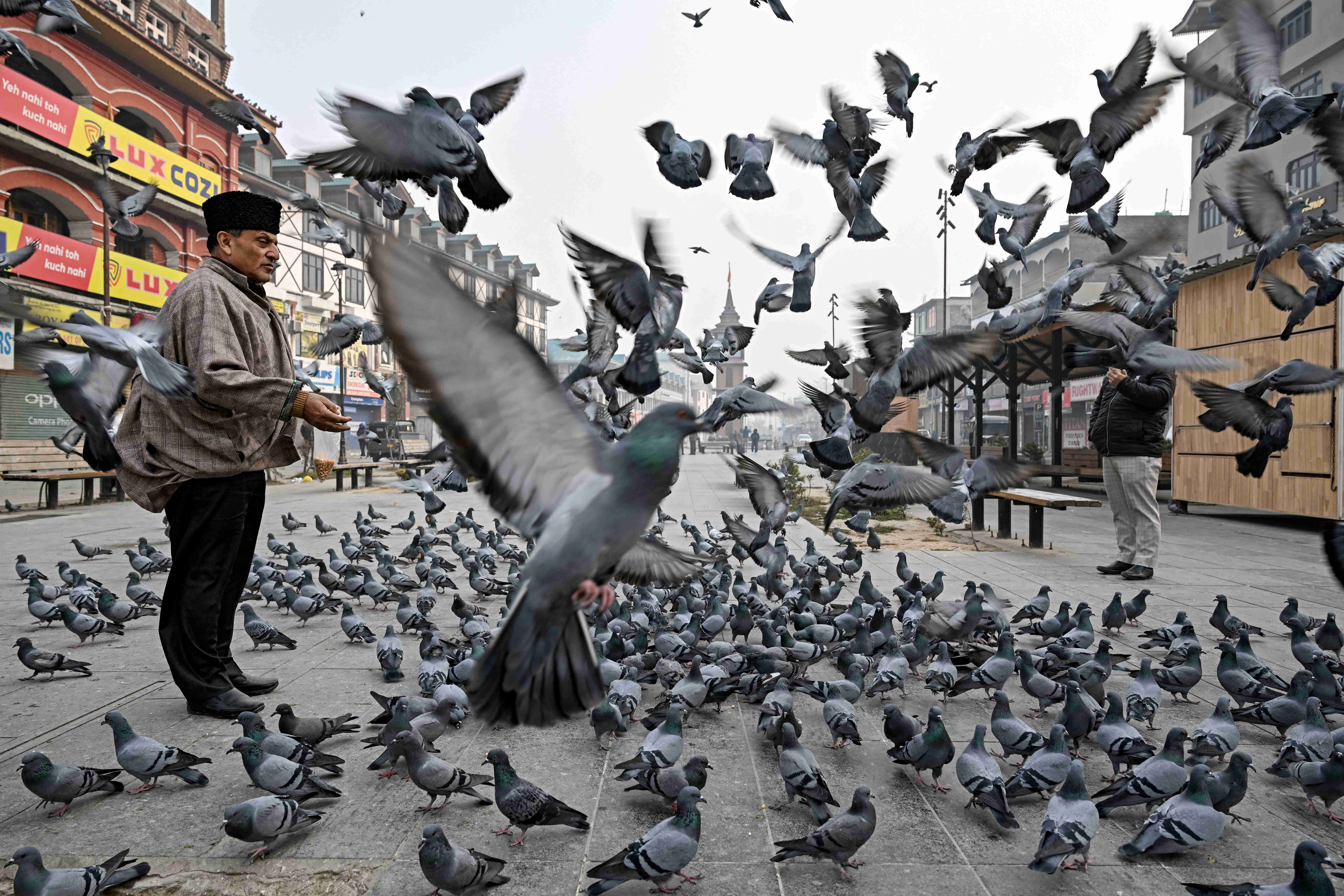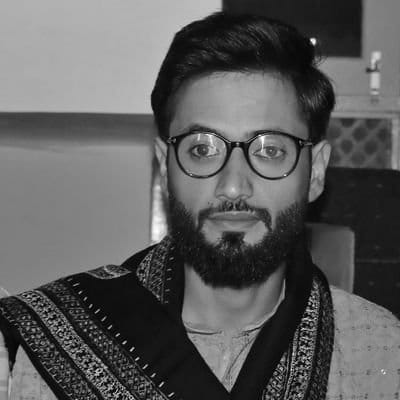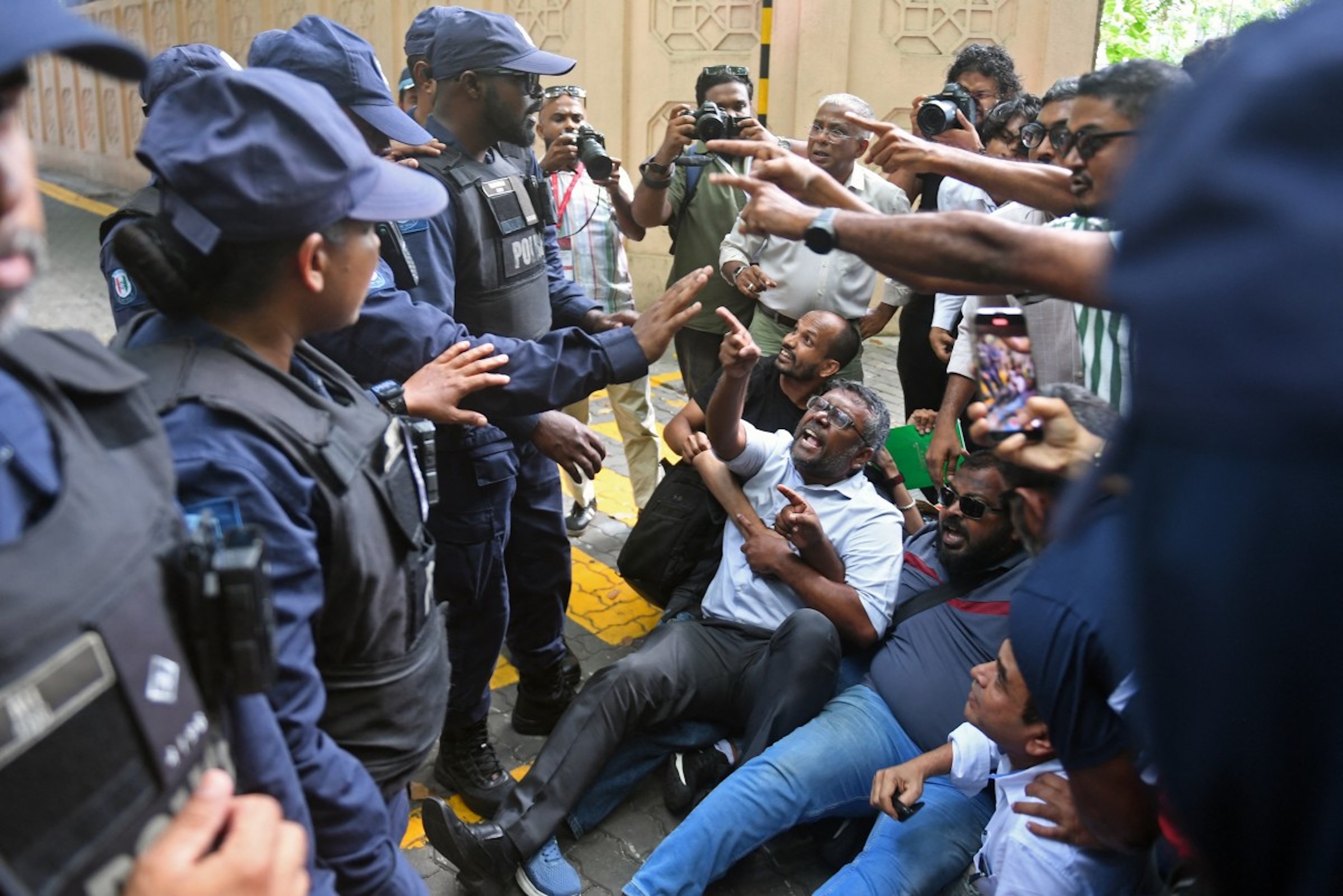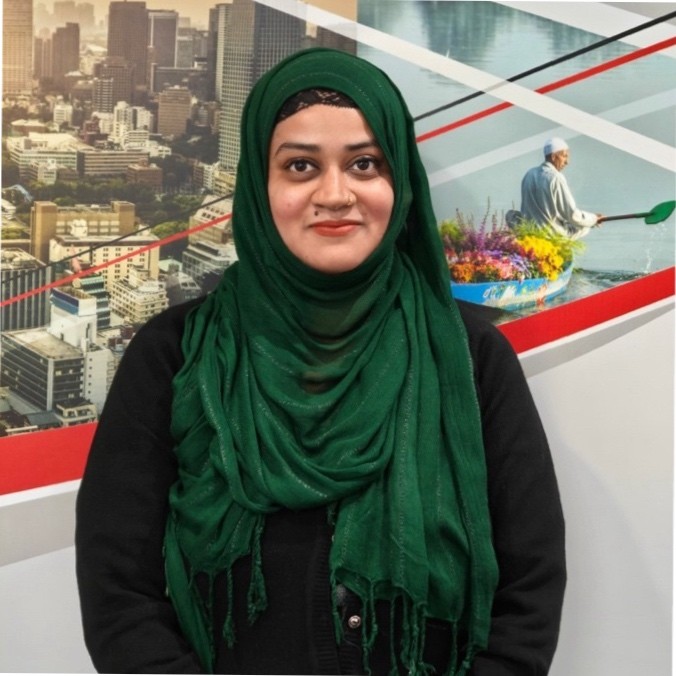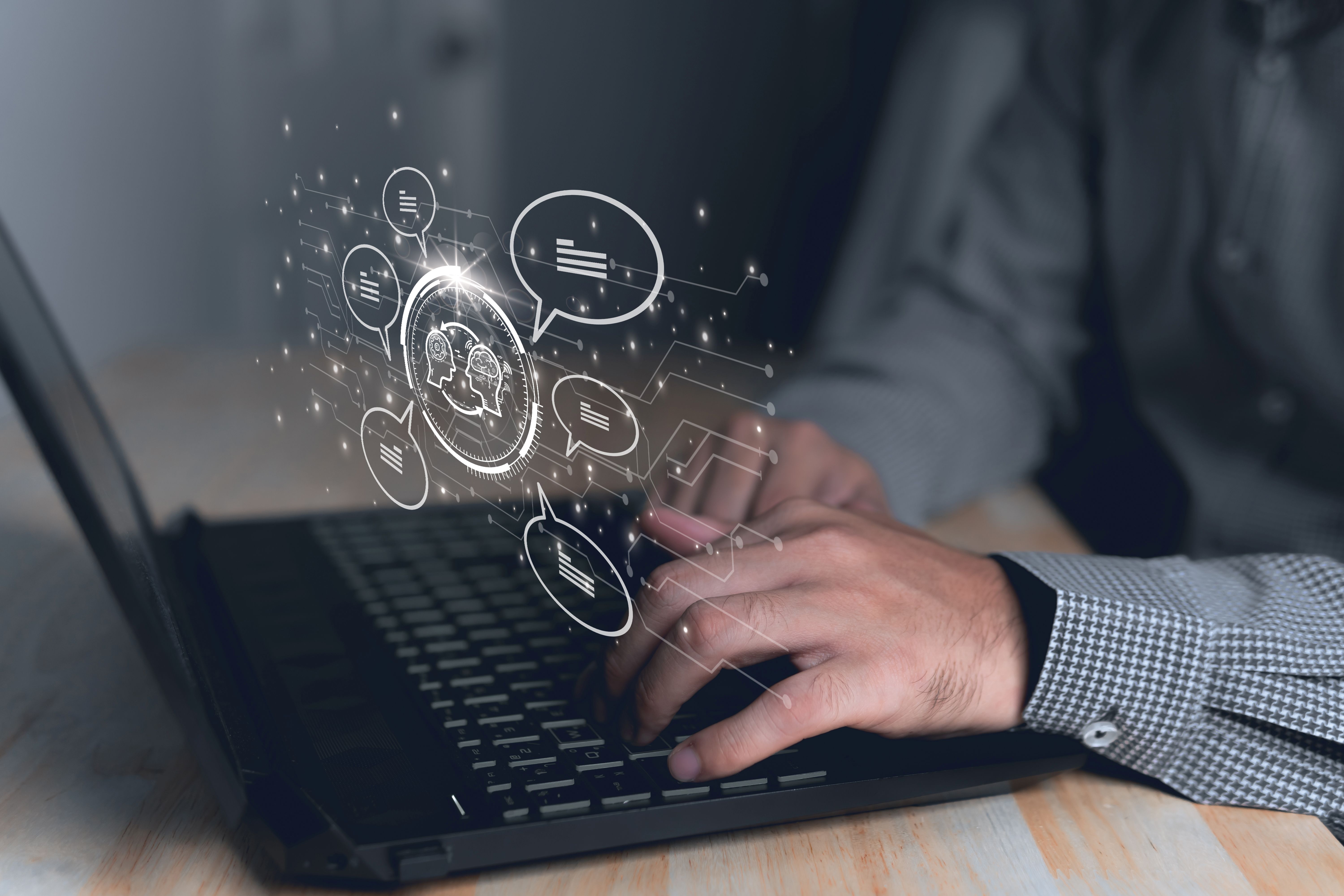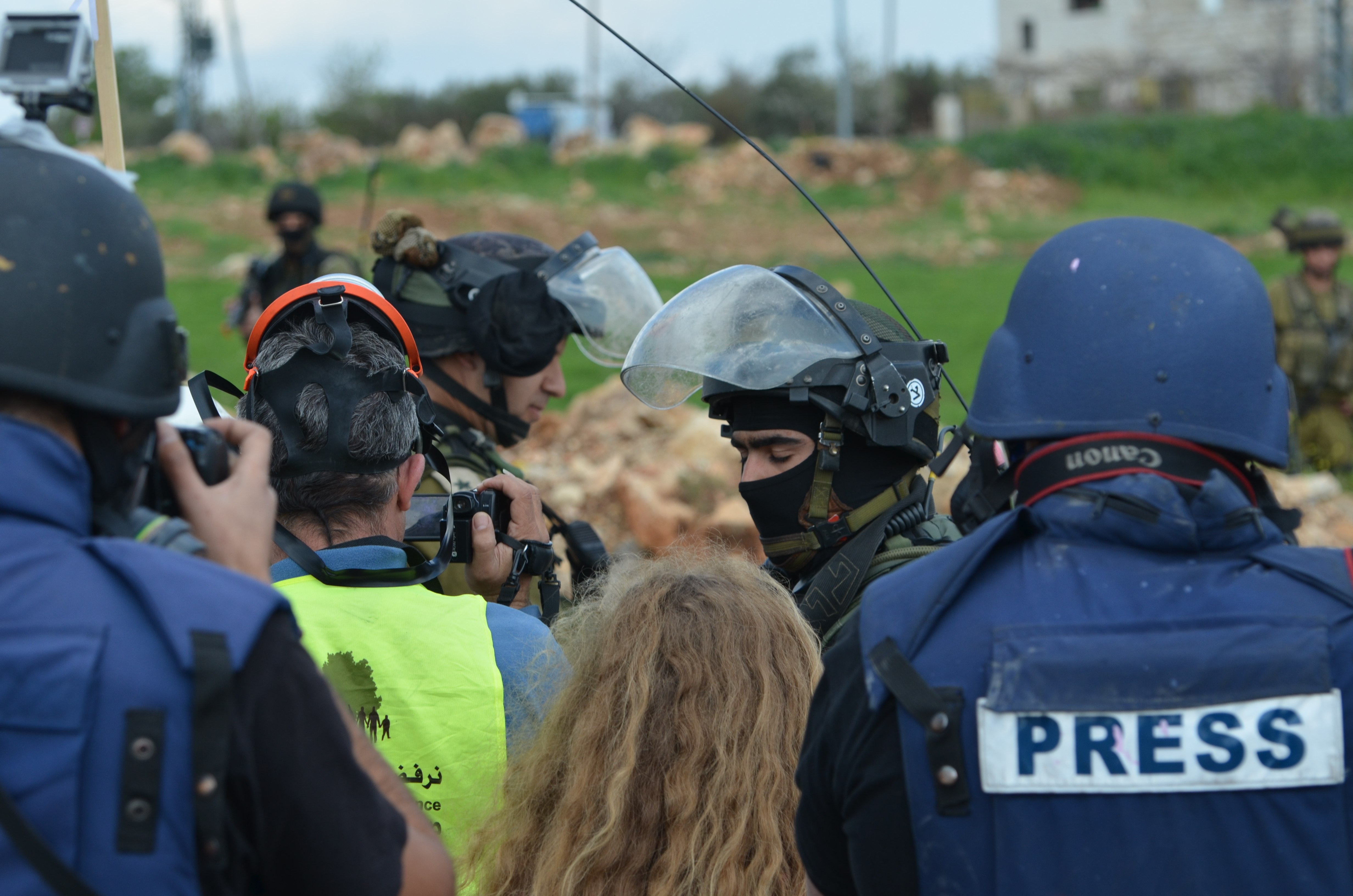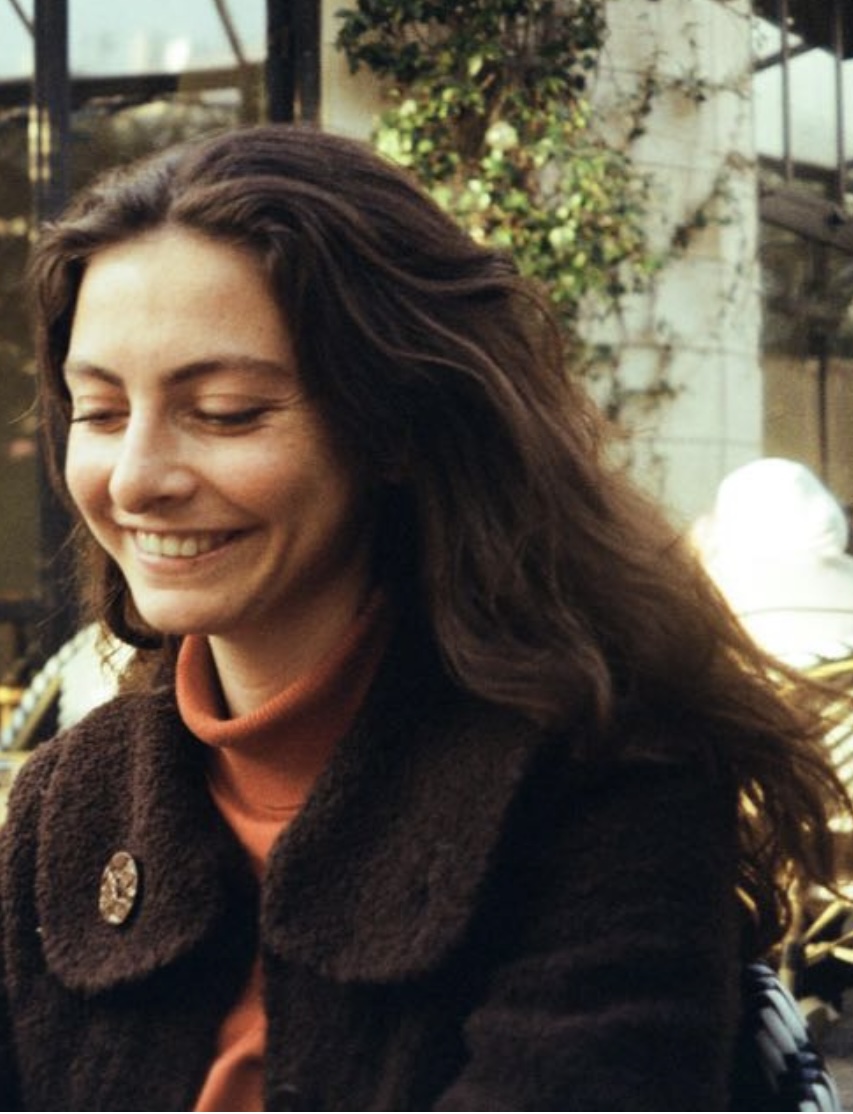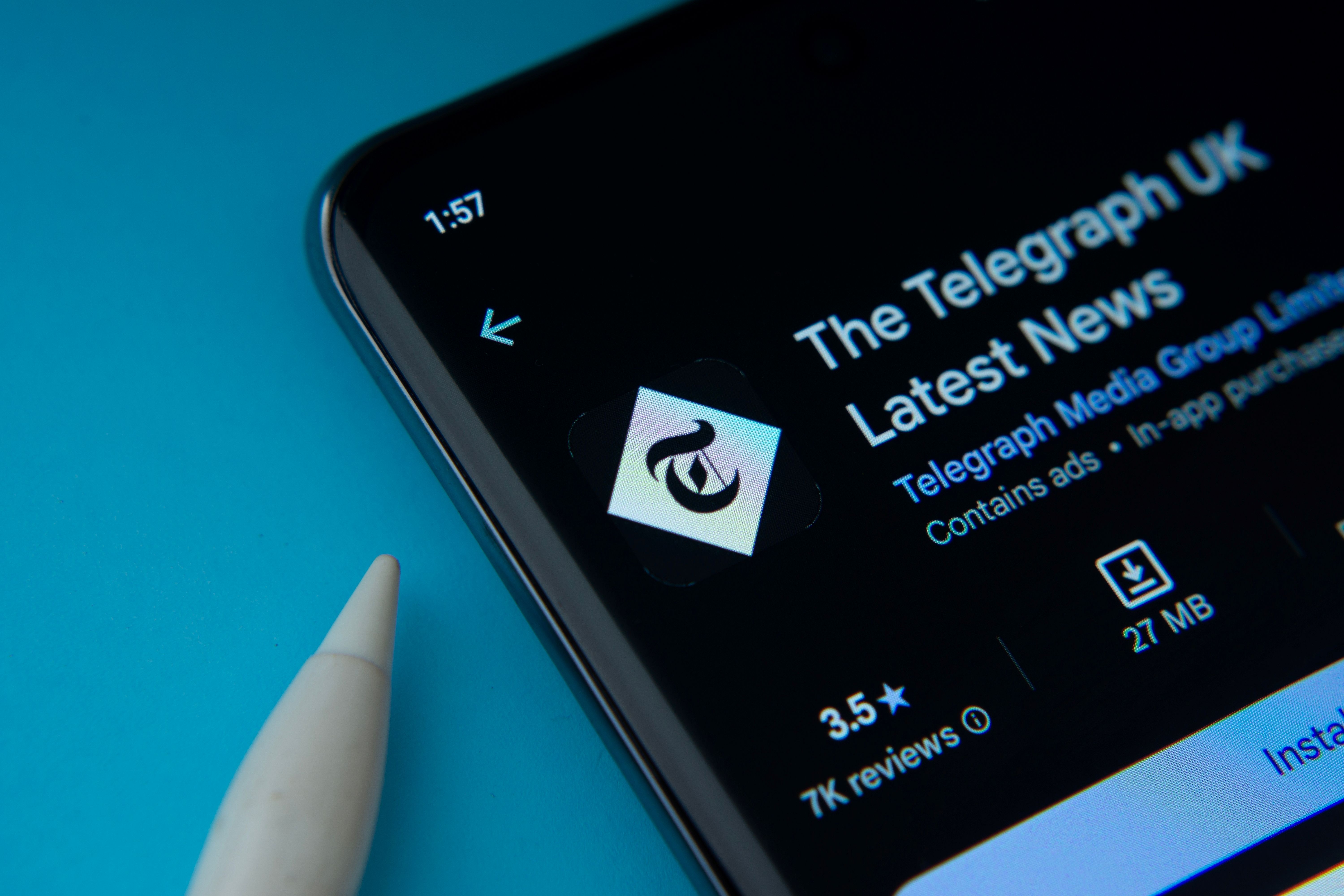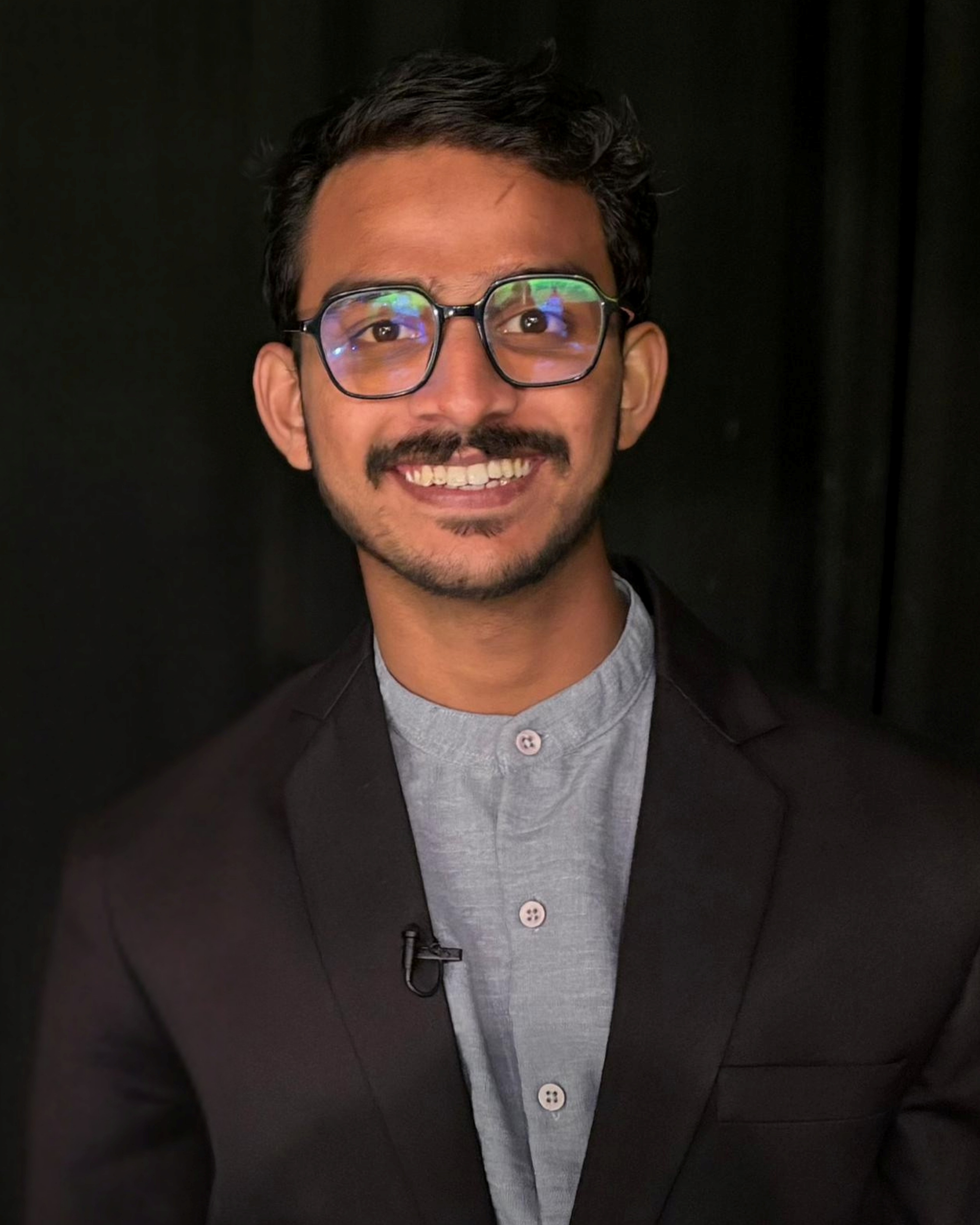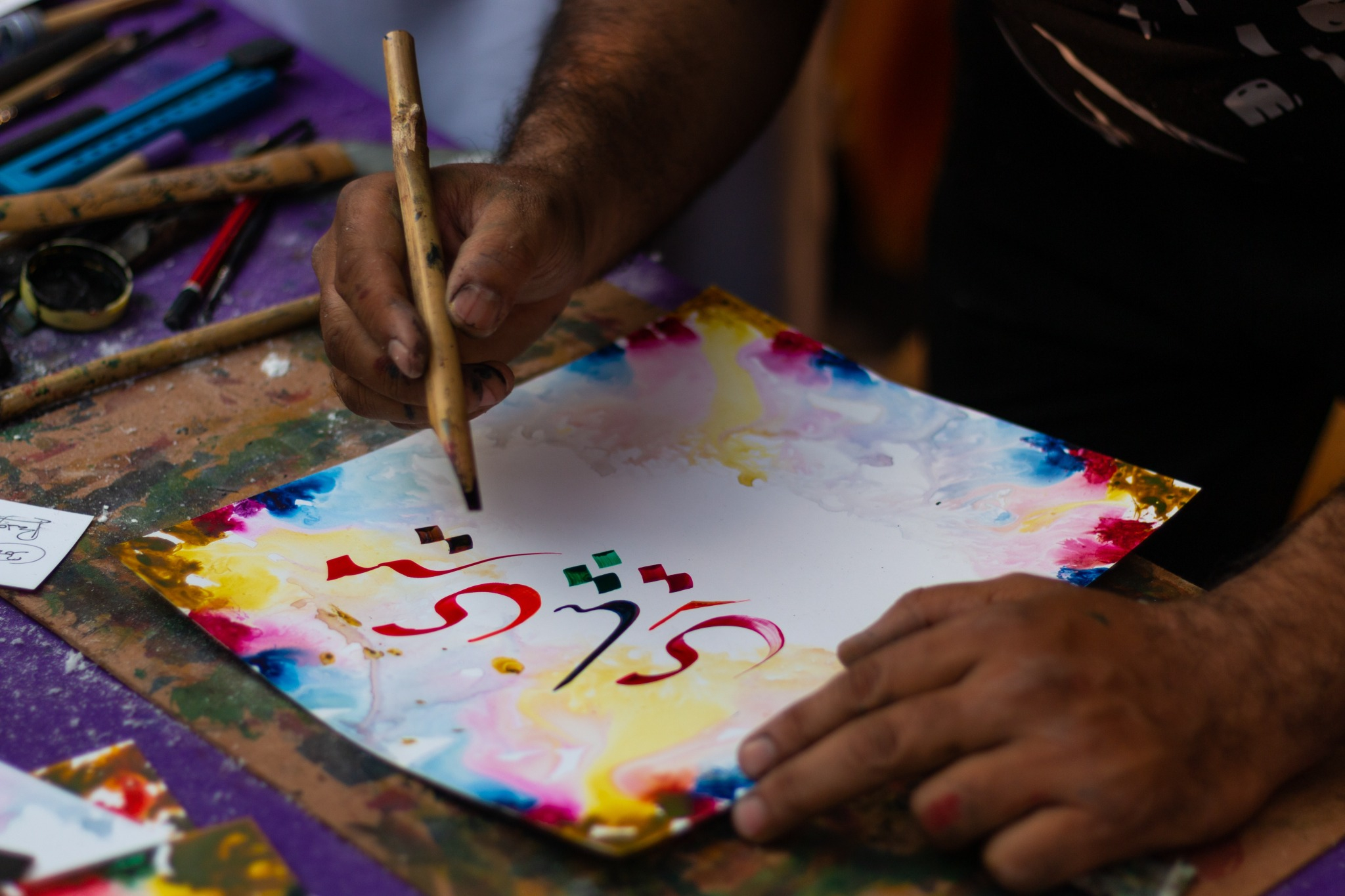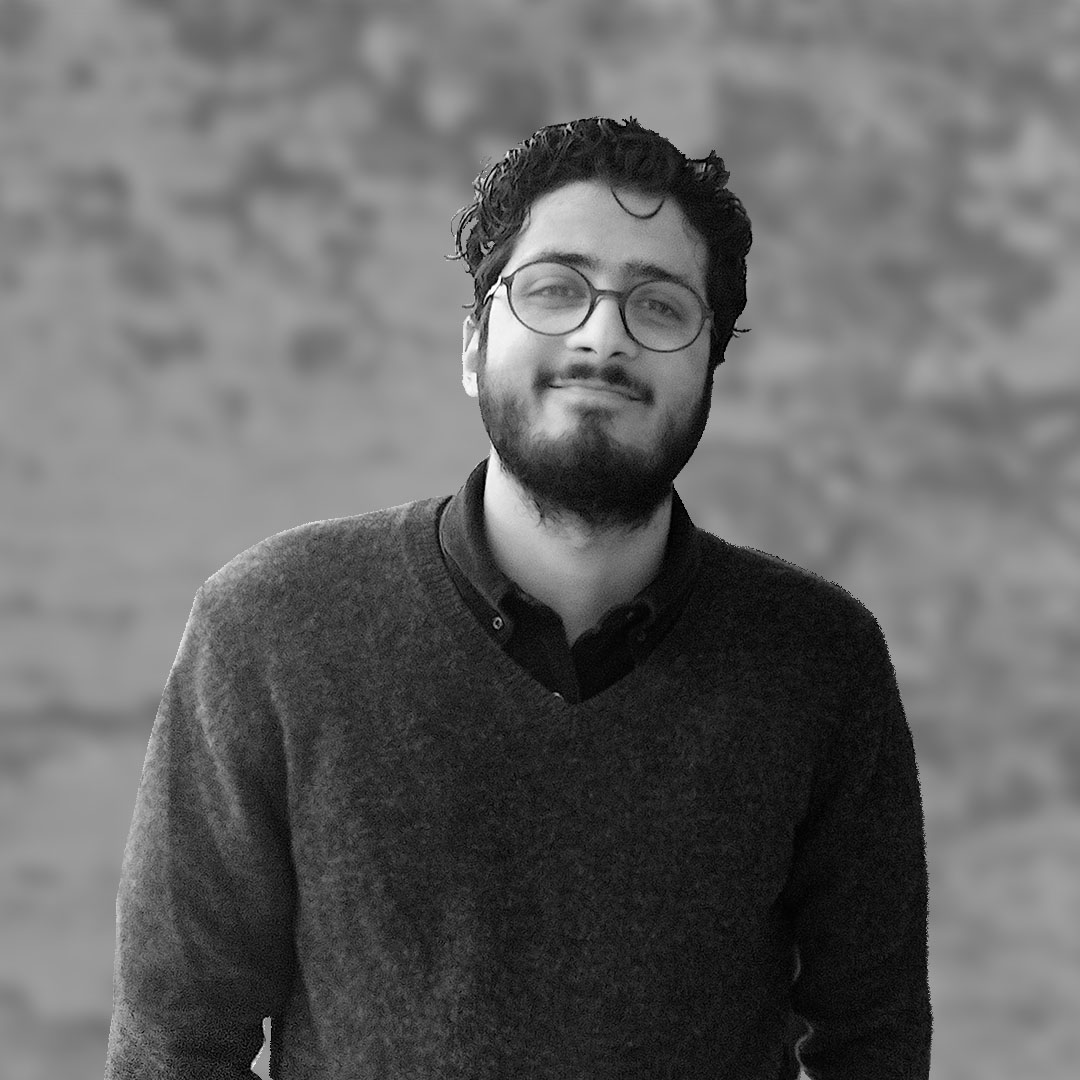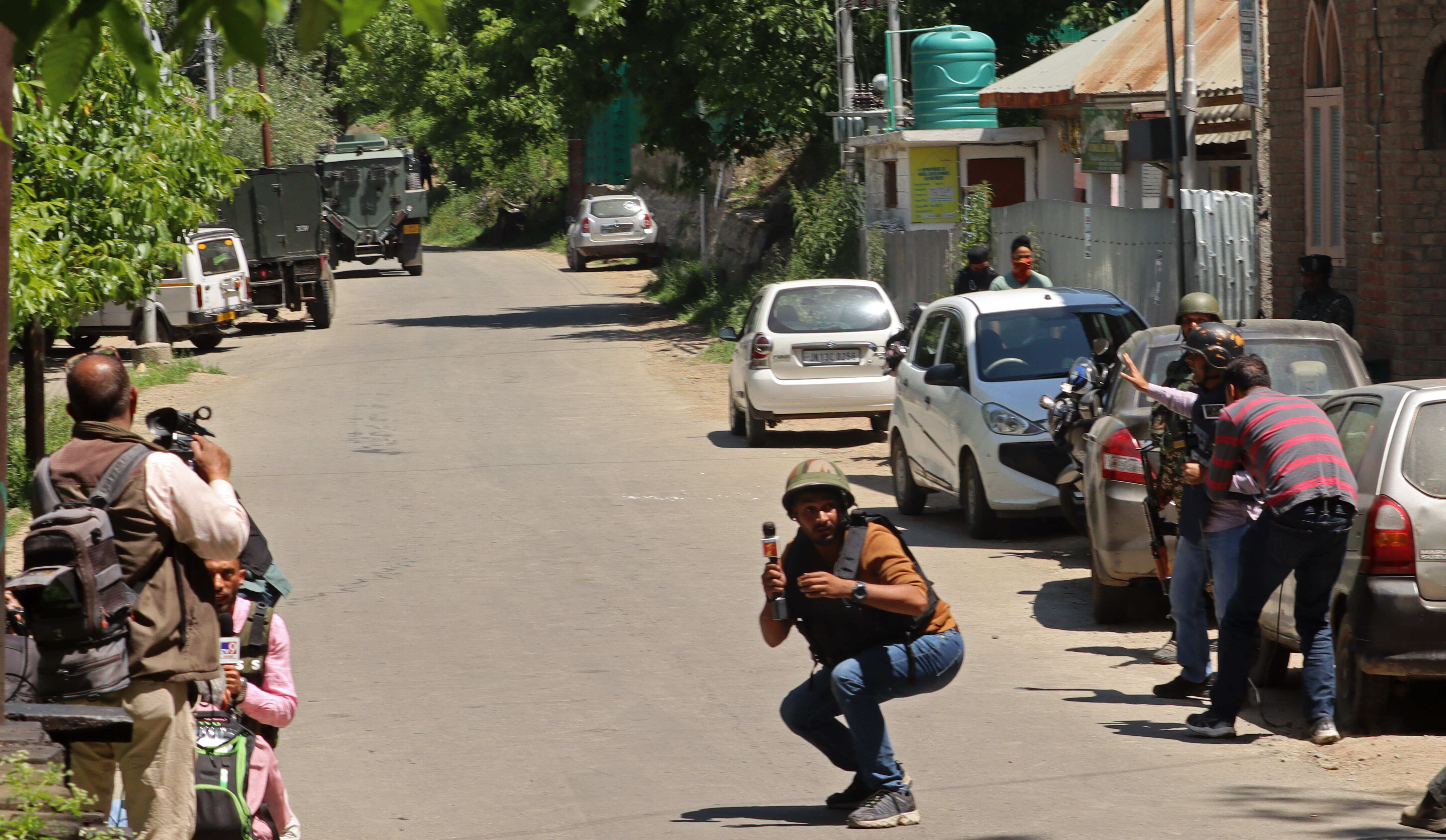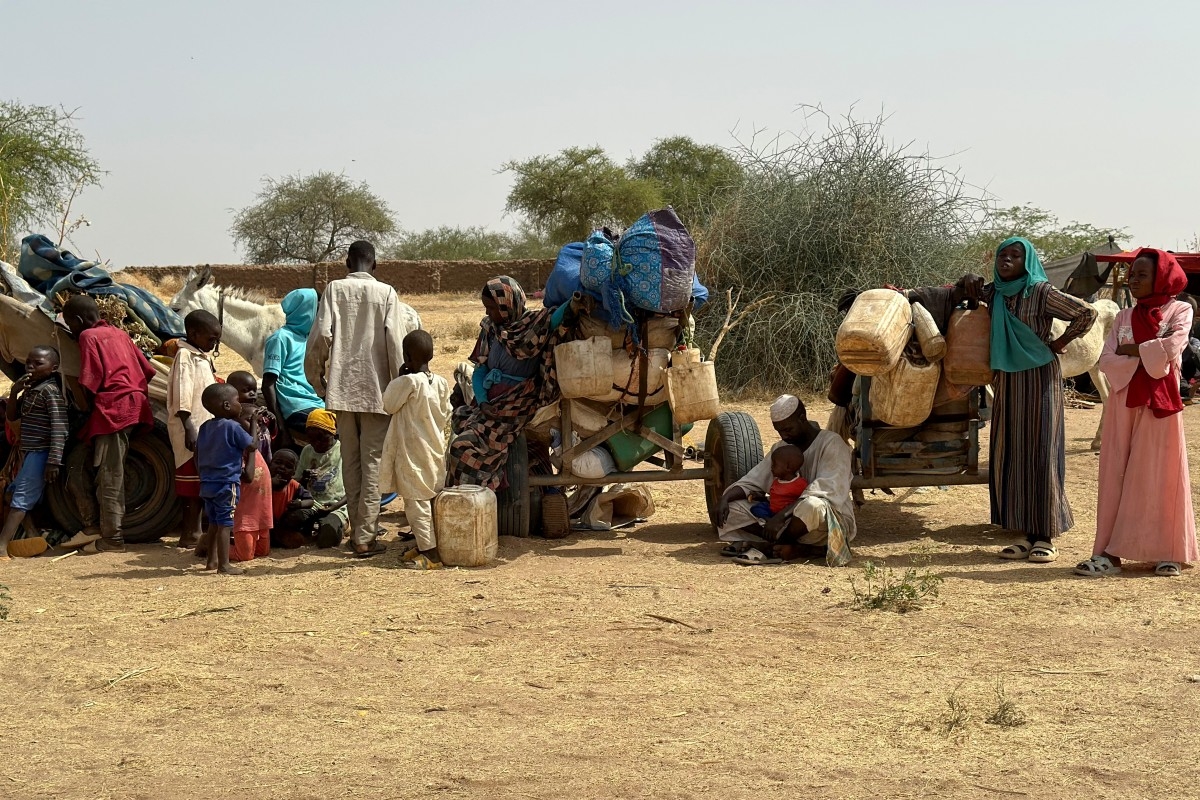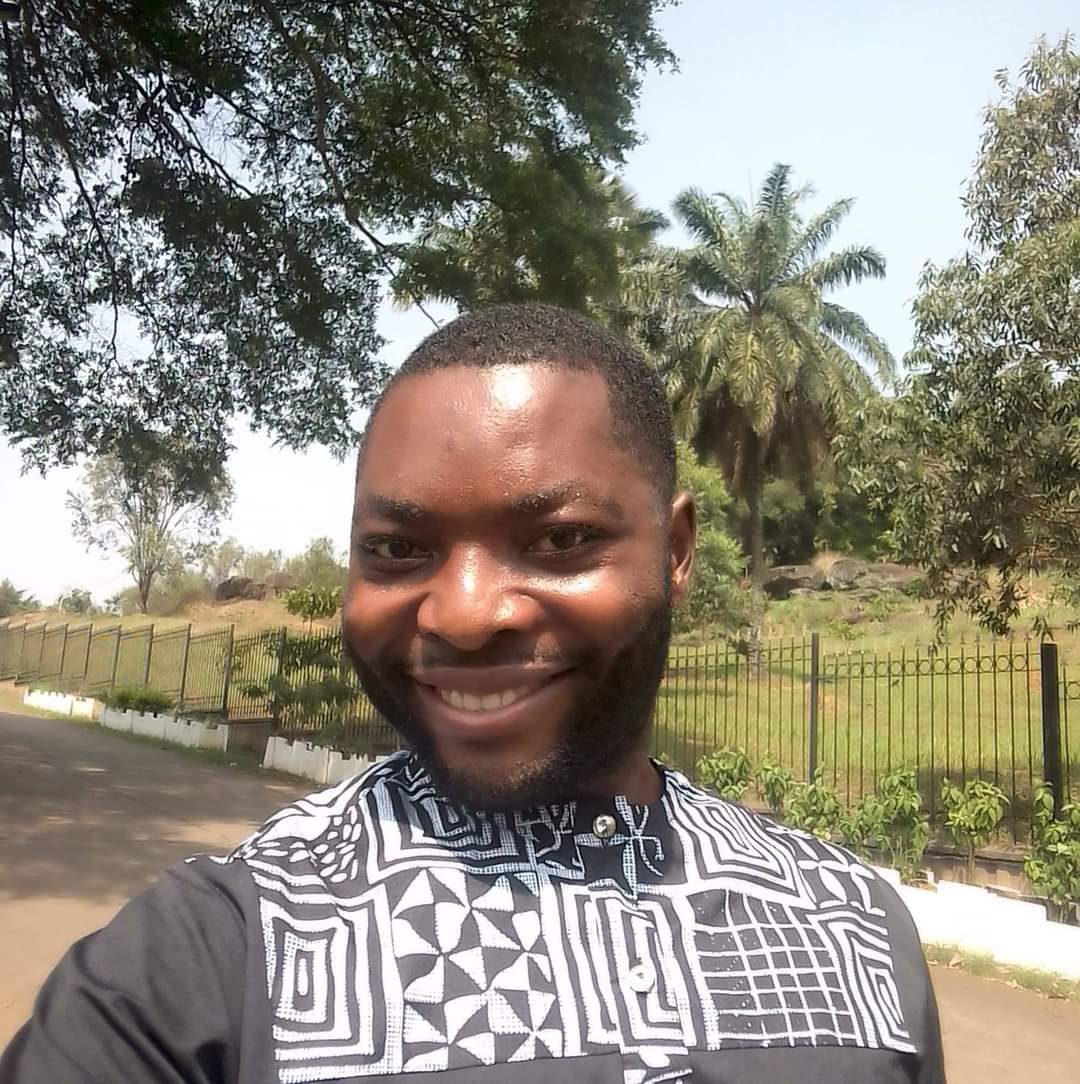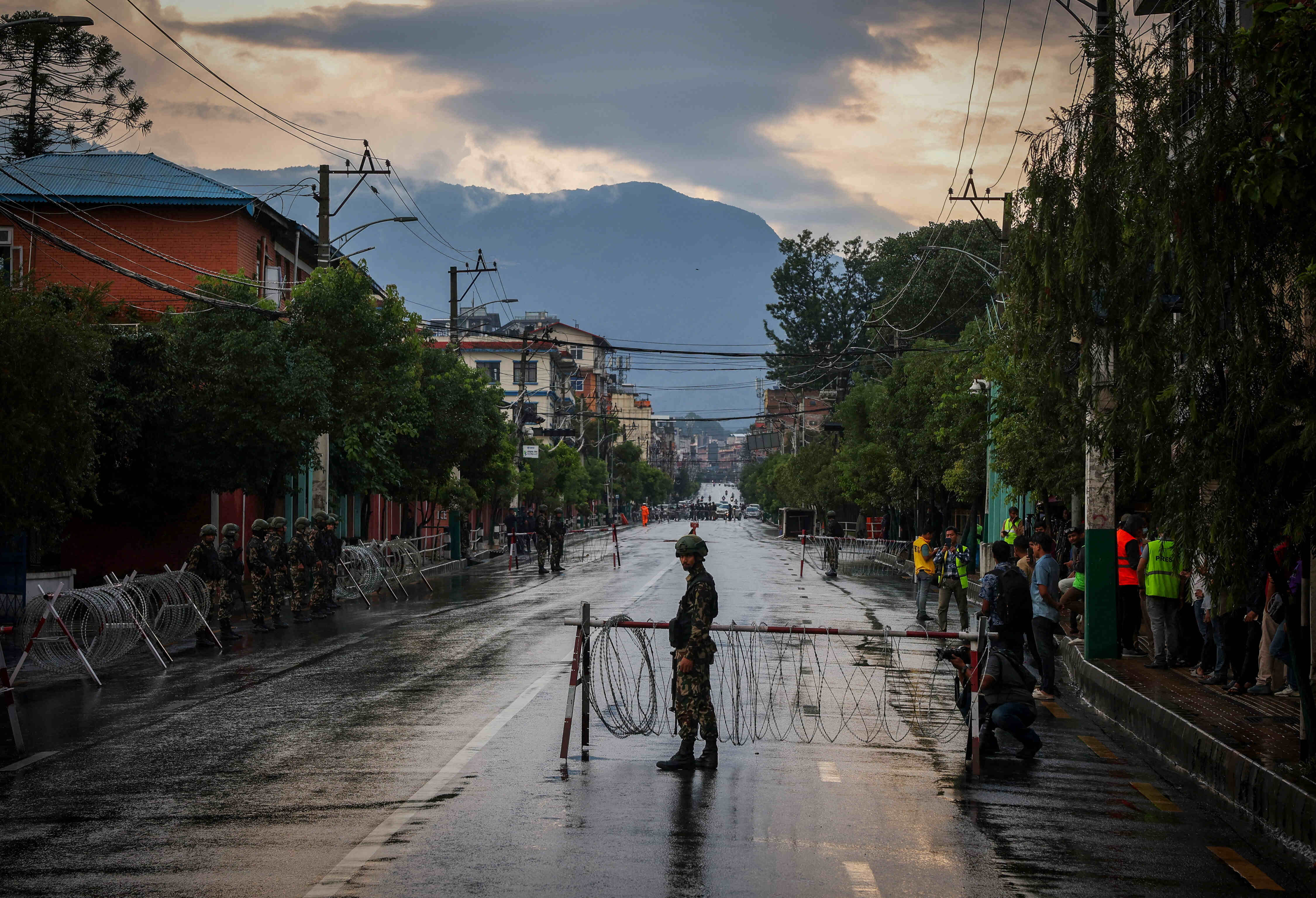لا توجد وصفة سحرية جاهزة لتأسيس موقع صحفي ناجح. غير أن هذا لا يعني بتاتاً أن تحديد المواصفات التقنية والتحريرية الأفضل لمشروع من هذا القبيل غير ممكنة.
فالتطورات العديدة في هذا القطاع، فضلاً عن المشاريع المتوالدة بصورة تكاد تكون يومية تتيح القول إن بالإمكان استخلاص دروس وأحكام أساسية تكسب الموقع الناشئ حديثاً ميزات تفاضلية في حال اعتمدها بالمقارنة مع المواقع التي لا تعتمدها.
يرى رئيس تحرير موقع "ناو" السابق مهنّد الحاج علي أن الموقع الصحفي الناجح يتضمن مستويات عدة، أهمها معرفة مؤسّسيه أن البنية القديمة السائدة في المطبوعات لم تعد صالحة لهذا العصر، كمسألة التبويب على سبيل المثال لا الحصر. فـ"التبويب القائم على أساس مسؤول عن صفحة أو قسم بات وراءنا، واليوم هناك نموذج يدمج بين العمل الصحفي والتقني والتصميمي. لم يعد الصحفي ما قبل العصر الإلكتروني كما هو بعده".
وفي رأي الحاج علي أن الصحافة مقبلة على عصر إذا كان الصحفي مجرّد صحفي فإنه لن يجد عملاً، حتى ولو أن هذه الصيغة غير سائدة بعد بمعناها المطلق. فالصحفي اليوم يجب أن يكون على دراية كبيرة بعالم الإنترنت، وعلى دراية أيضاً بالحد الأدنى من آليات البرمجة وتعديل المواقع.
ويشير إلى أن صورة الصحفي التقليدي كانت تظهر في مخيّلة القارئ بوصفه شخصاً ذا فطنة وذكاء كافيين. غير أنه اليوم بات قريب الشبه إلى حد كبير بالسكين السويسري (Swiss knife)، بوصفه متعدّد المهارات. ومرد ذلك إلى تحولات المهنة، ذاك أن الصحافة الإلكترونية صحافة حية، تبحث دوماً عن جواب لسؤال: ماذا يحصل الآن؟
ويلفت الحاج علي إلى وجود رابط مباشر بين التطورات التقنية وبين تطور الصحافة في عالم اليوم. فما أن أطلق موقع "فيسبوك" خدمتي فيسبوك مباشر (Facebook live) وفيسبوك 360 (Facebook 360)، حتى بدأت مواقع عديدة باستخدامهما.
ويقول إن التحرير في المواقع الإلكترونية اليوم يجب أن يفهم عملية المد والجزر في الإعلام الإلكتروني التي تحدّدها بصورة أساسية وسائل التواصل الاجتماعي. فما أن ينطلق وسمٌ ما (هاشتاغ) ويبدأ بالانتشار بقوّة على مواقع التواصل الاجتماعي حتى يغدو الموقع مضطراً إلى ركوب هذه الموجة وإلا سيفشل.
ويشير إلى أن العلاقة مع وسائل التواصل معقدة جداً، فمرّات يحدّد الموقع أجندتها، ومرّات تفرض هي على الموقع عمله. فالموضوع الاستقصائي قد يفرض نفسه على "السوشيال ميديا"، لكن الناشط الفيسبوكي أو المغرّد الموجود مكان انفجار ما قد يفرض على الموقع متابعته لاستقاء الأخبار منه.
التصميم مهم جداً أيضاً، وفق الحاج علي. ويجب أن يتبع اليوم التصميم السائد في الصحافة الغربية والمعروف بكونه الأبسط والأقل تعقيداً، ويستخدم لونين لا أكثر، بحيث يكون صريحاً وسهلاً بصرياً. هنا، يجب أن يخاطب التصميم حاجة القارئ إلى أن يكون المحتوى معروضاً بصورة جيدة ومحترفة، الأمر الذي يوصل الموقع للناس.
ويرى الحاج علي أن إحدى المشاكل التي تواجهها صحافة اليوم تتمثل بتدني المستوى الكتابي واللغوي للمواقع الصحفية في مقابل تطورها في المجال التقني.
وفيما يشير إلى أن ركاكة المواقع اللغوية تنفّر القارئ، يؤكد أن عدد كلمات الموضوع يجب ألا يتجاوز الـ800 كلمة، إلا في حال كان مروياً بأسلوب قصصي جميل، وفي حال أيضاً كان الموقع يعتمد التقنيات الحديثة للمواضيع الطويلة كالـ"Bookmark" التي تتيح للقارئ قراءة الموضوع على دفعات.
ويختم بالقول إنه من الضروري جداً إرجاء نشر المواضيع الطويلة حتى نهاية الأسبوع.
الصحفي لا يحدّد الصالح من الطالح
أمّا رئيس قسم إدارة المحتوى في صحيفة "السفير" اللبنانية إبراهيم شرارة فينطلق في كلامه من الإشارة إلى وجود تصور خاطئ لدى الساعين إلى تأسيس مواقع صحفية. ومردّ ذلك إلى اعتقادهم أن رأي الصحفي هو ما يحدّد ما هو مناسب أو غير مناسب للموقع، لا عادات القرّاء وسلوكياتهم في التنقل بين المواد والصفحات التي تحددها تجربة المستخدم (User experience). وهي أمور تتأثر بشكل كبير بطبيعة المكوّنات الثلاث الأساسية لأي موقع، أي التصميم (Layout) والواجهة الخلفية (Backend) وقاعدة البيانات (Data base).
ويضيف شرارة أن هناك أدوات تقنية غير مكلفة لدراسة سلوك القارئ، لكن المواقع العربية قلّما تستخدمها. ويسمح استخدام هذه الأدوات بتحديد أي نموذج من النماذج المعتمدة للموقع عينه يتفق مع حاجات القراء ويدفعهم إلى التفاعل أكثر. مثلاً، تصميم الموقع العمودي سببه بالدرجة الأولى عادات القراء المرتبطة باستخدام الهواتف الذكية، ممّا يدفع إلى تخفيف المواد في الأطراف، وزيادتها في الأسفل.
فالتحدي الأساسي أمام أي موقع صحفي -حسب شرارة- يكمن في زيادة عدد متصفّحي الصفحات (page viewers)، لا زيادة عدد الزوار عابري السبيل وحسب. بعبارة أدق، يجب جذب زوار أوفياء يقرؤون مقالات عدة، لأن هذا يؤثر على الإعلانات وعلى عملية بيع المحتوى، أي إنتاج مدخول ذاتي للموقع.
ويرى شرارة أن الاستجابة لهذا التحدي تكون عبر برنامج إحصائي دقيق للزوار يسمح بتعديل التصميم وبتوفير المحتوى الملائم لاهتمامات القارئ، وذلك بدلاً من الأسلوب المعتمد اليوم والذي يفرض على القارئ قائمة عناوين لا تمت بصلة لاهتماماته. ويضرب مثلاً على ذلك، قيام ميكروسوفت أخيراً بشراء موقع لينكدإن (Linkedin) بحثاً عن توسيع قاعدة البيانات (Data Base) التي لديه، ولدراسة سلوكيات الزوار والكشف عن عاداتهم من خلال أكبر قدر ممكن من المعلومات.
ويلفت شرارة إلى أن الموقع بات اليوم وبفضل "السوشيال ميديا" يتألف من منصات عدة، مرتبطة بمؤسسة واحدة. أولاً الموقع الرئيسي، وثانياً صفحة الفيسبوك أو التويتر أو الأنستغرام، وأخيراً التطبيقات. وتعد الأخيرة المقياس الأنجع لقياس عدد القراء الأوفياء.
وفي ما يخص "السوشيال ميديا" تحديداً، يشرح شرارة أنه بات واجباً على مسؤولي الموقع أن يواكبوا أحدث تطورات هذا العالم، فتبدل لوغاريتمات (logarithms) الفيسبوك ينعكس تبدلاً في آلية عرض الروابط الإلكترونية عبر منصّته، الأمر الذي ينعكس بدوره على عدد زوار الموقع.
ويوضح شرارة ضرورة التعاطي مع مواقع التواصل الاجتماعي كمنصات منفصلة أكان لناحية المقدّمات الجاذبة للقارئ أو لناحية الصور أيضاً. كما يمكن نشر محتوى غير موجود على الموقع من خلالها، كالأخبار العاجلة و"الستاتوسات" والإحصاءات والمشاركة بالتعليقات، إلخ.
فاليوم، يضيف شرارة، تجد المواقع الإلكترونية نفسها أمام تحدٍ جديد يفرضه عليها الفيسبوك عبر المقالة اللحظية (Instant article)، التي تفتح على صفحة الفسبوك مباشرة وبسرعة.
فـ"تطور من هذا القبيل يفرض التعامل معه عبر تحديد ما الموضوع الذي يستحق النشر عبر منصة الفيسبوك وما الموضوع الواجب نشره عبر منصة الموقع الرئيسي. كذا الأمر بالنسبة إلى الإعلانات، فتفاوت عدد الزوار بين منصة الموقع ومنصة الفيسبوك يفرض التعامل معهما بوصفهما منصتين منفصلتين للإعلان".
ويلفت شرارة الانتباه إلى أن كيفية توزيع المواد خلال النهار، خصوصاً نسبةً إلى حجمها، أمر مهم جداً لنجاح الموقع. فـ"الفترة التي يقضي خلالها المتصفح أطول وقت هي الفترة الأنسب لنشر المواضيع الطويلة".
ويختم بالقول إن نجاح أي موقع منوط باستخدام أحدث الأدوات التقنية المجانية أو الرخيصة من قبيل التايم لاين (Timeline) والمضمّنات (Embedded) والصور التوضيحية التفاعلية والإنفوغراف والفيديوهات، إلخ.
خصائص تقنية ضرورية لنجاح الموقع
"لتأسيس موقع صحفي ناجح يجب أن يكون لدى المؤسّس قسم للتخطيط الاستراتيجي يضم أشخاصاً ملمّين بالموضوع التقني، وأن ينطلق من الاعتراف بأن هذا الشق ليس بسيطاً وسخيفاً كما يروج له". من هذه النصيحة الدالّة يبدأ مطور المواقع الإلكترونية والمبرمج وليد الهادي كلامه.
ففي رأيه وظيفة الموقع الصحفي هي النشر بالدرجة الأولى. من هنا، كل معلومة مفتاحية كي تدخل إلى الموقع يجب أن تنظّم على أنها مفتاحية. كما يجب الفصل منذ البداية في قاعدة البيانات بين النص والدلالات كاسم الكاتب والقسم والتاريخ والعدد والكلمات المفتاحية (..)، كون إنجاز ذلك لاحقاً سيغدو متعذراً. هكذا يصير استخدام هذه الدلالات ذا فائدة للقارئ.
ويشدّد الهادي على أن الموقع الصحفي الناجح يجب أن يعتمد ما يلي:
أولاً، فصل المحتوى الداخلي للموقع عن الوظيفة الشكلية، فاليوم نحن في عصر الـAPI الذي يوفر طريقة لتقديم المادة بصيغة تتلاءم مع مختلف حاجات المنصات. فالدمج بين API وصيغة Ninjs (news in Json) تسمح بالتعامل مع المحتوى نفسه من خلال المنصة التي أريد. بالنتيجة، يغدو بالإمكان تصميم الشكل بصورة منفصلة عن صيغة عرض المحتوى، أو بالأحرى تُحرَّر استخدامات المحتوى من برمجة الواجهة الخلفية (Backend).
ثانياً، إطالة وقت القراءة بالنسبة للمستخدم عبر تصميم فعّال يستفيد من أصغر التفاصيل الموجودة في الداتا، وذلك عبر تفعيل قدرة الموقع على قراءة سلوكيات الزوار، من خلال الخرائط الحرارية التي تدرس حركة نظرات المستخدم وآلية تفاعله مثلا.
ثالثاً، إشعار الزوار بالانتماء إلى الموقع عبر التعليق وأشياء أخرى كثيرة.
رابعاً، اعتماد الخبر العاجل بوصفه خدمة أساسية اليوم بالنسبة للقراء، وخصوصاً كأداة لزيادة التفاعل عبر الشبكات الاجتماعية.
خامساً، ضرورة جعل الهوية البصرية للموقع صالحة للبقاء لسنتين أو ثلاث سنوات، بحيث لا تدخل عليها سوى بعض التحسينات على الشكل التي تفرضها سلوكيات المستخدمين أو التطورات التقنية المستجدة. ويجب أن تتشكل الهوية البصرية من عناصر قابلة للتفكّك والتحوّل نحو استخدامات متعدّدة في الموقع، مثلما يجري التعامل مع اللوغو في عدد كبير من المواقع الإلكترونية.
سادساً، يجب أن يكون الشكل والمحتوى متلازمين تلازماً بنيوياً. فإذا شعر الزائر بأن أحدهما غير مريح لن يزور الموقع مجدداً. نظام الـAPI يسهل هذه العملية عبر إتاحته المجال لتعديلات في الشكل دون المساس بالبنية التقنية. مثلاً، يمكن تحويل شكل الموقع إلى سريع الاستجابة (responsive) من دون تعديل في البنية التقنية.
سابعاً، يشكل نظام البرمجة "Nodejs" ثورة جديدة في عالم خدمات شبكة الإنترنت، بحيث يغدو بمقدور المبرمج أن يحوّل البنية القديمة للموقع (http) إلى بنية حيّة تتجاوز محدودية التقنيات السابقة مثل "Ajax".
